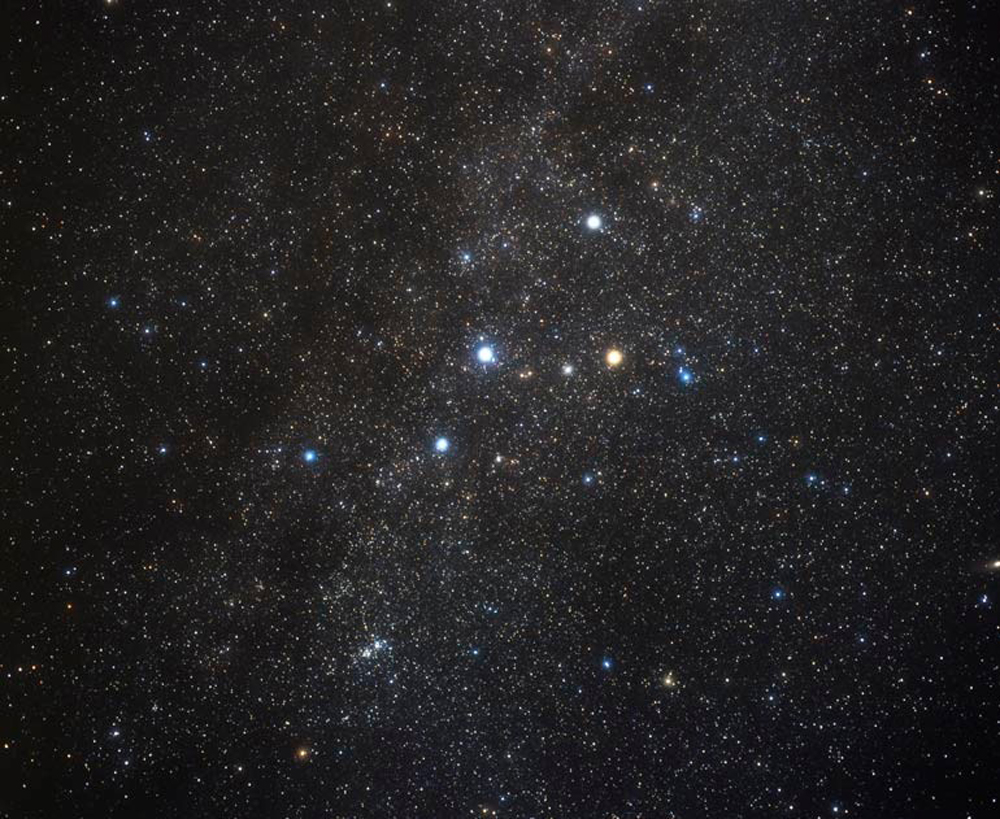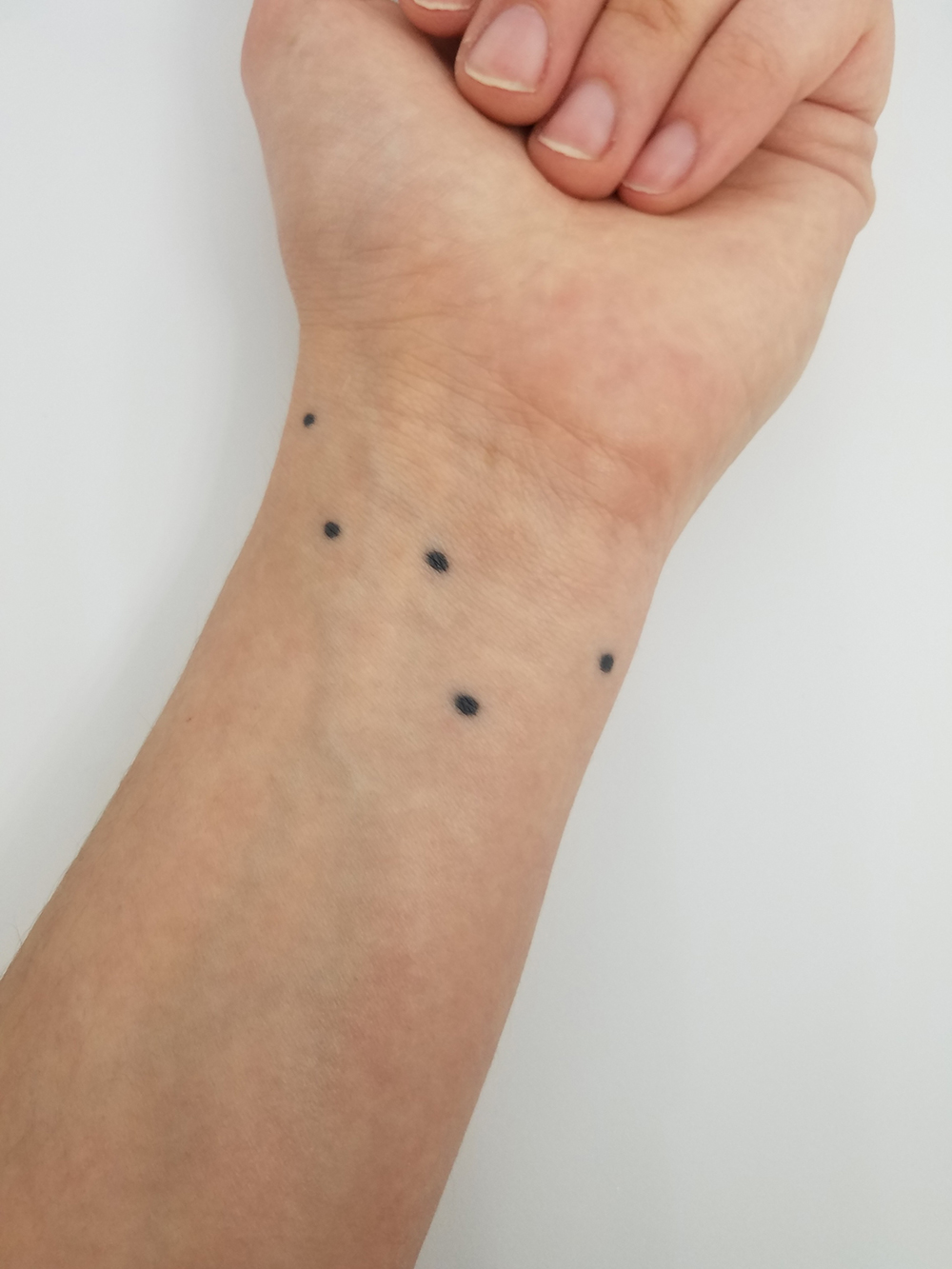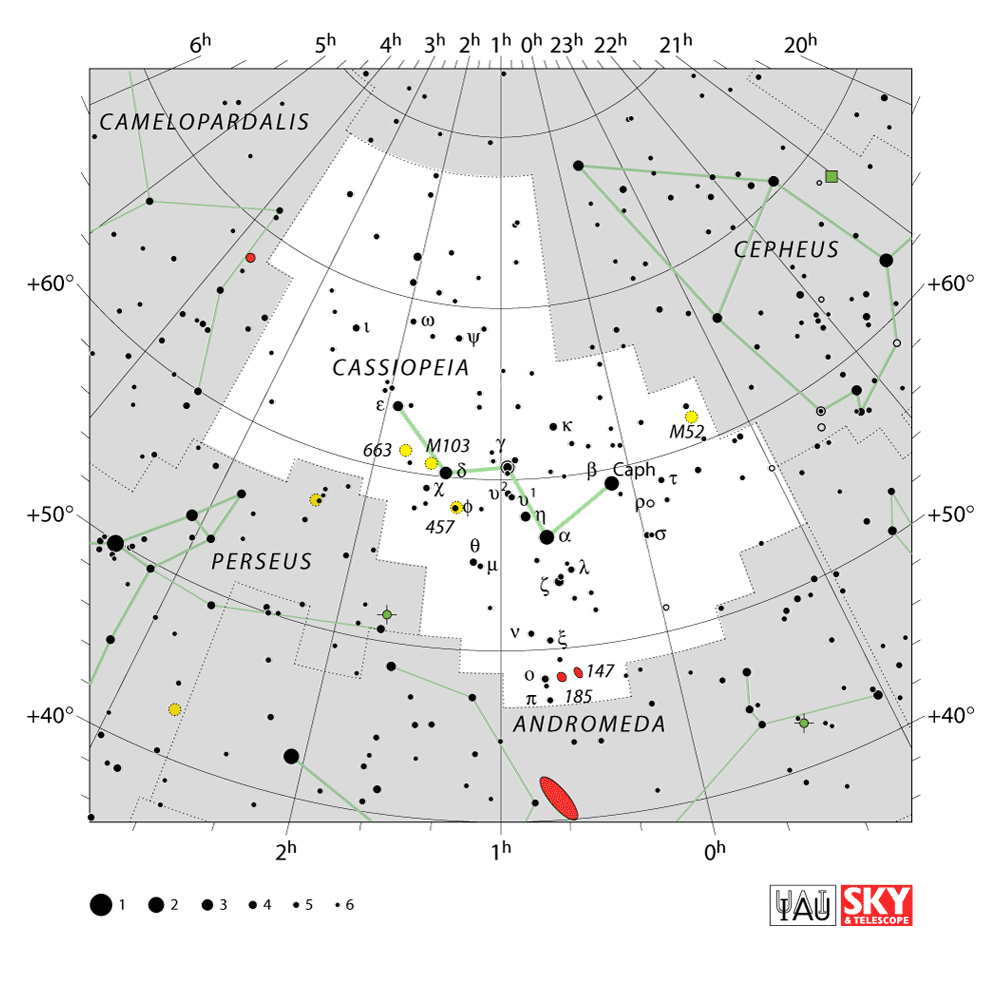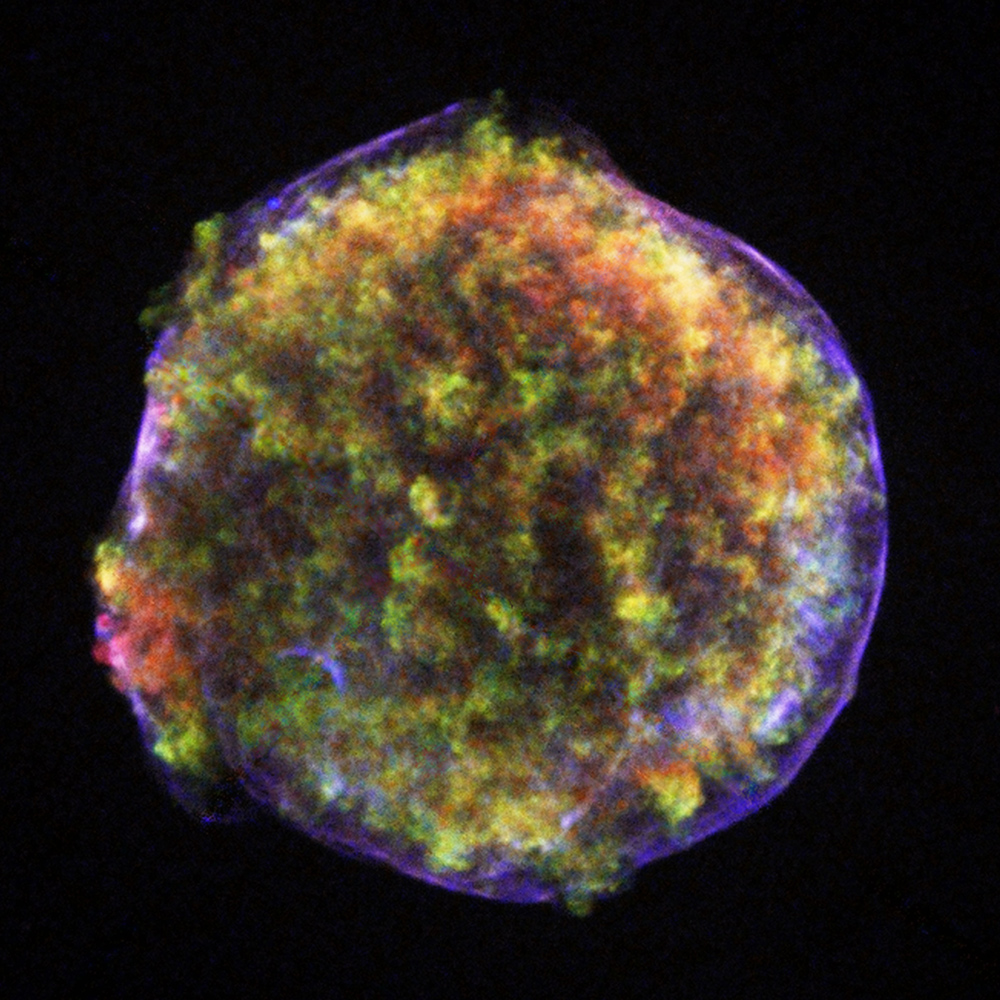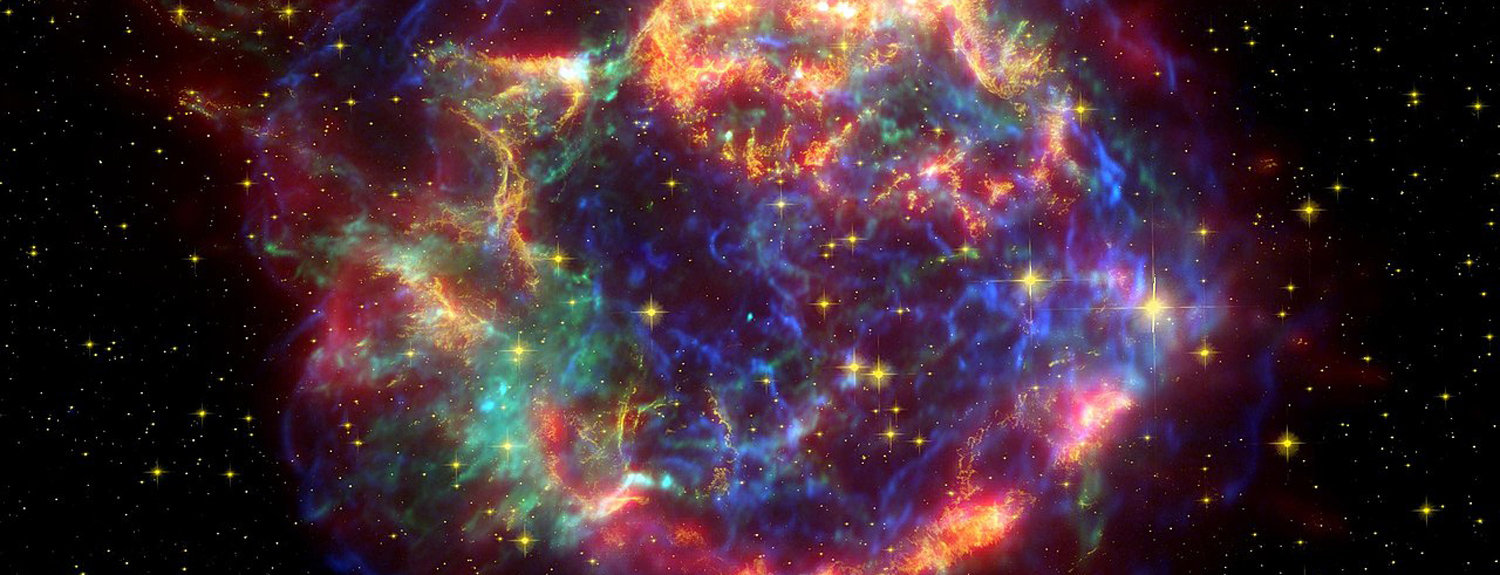
Curious About: Cassiopeia
This constellation is a constant in the night sky
Published04/09/2020 , by Kaitlin Ehret, planetarium outreach educator
If you go outside on a clear night and look up, you’ll likely recognize a few shapes. The big dipper (Ursa Major) is a popular one here in Minnesota. Not too far away from it is a constellation with a distinctive shape—Cassiopeia. Cassiopeia is one of the brightest constellations in our northern sky. She’s said to be the ancient queen of a land near Ethiopia, eternally punished for her vanity and ego. When we look at the stars that make up the constellation, they form a W or M shape across the belt of the Milky Way. Cassiopeia has five main stars, whose Greek names are Epsilon, Delta, Gamma, Alpha, and Beta—all followed by ‘Cas’ for Cassiopeia. But a constellation is more than just the main stars to astronomers, a constellation is one of 88 defined regions of our sky. If we look a little closer in Cassiopeia, we’ll find that there’s more to this constellation than meets the eye.
Hiding in the depths of the night sky, we find a plethora of objects begging to be explored. Let’s start with one of those five main stars. Beta Cas is a star that completes one full rotation every 1.12 Earth days. This fast spin means that Beta Cas is an “oblate spheroid”—its equator bulges outward, the same way a balloon would if you pressed it between your hands. To see a few more stars, you can pick up a pair of binoculars to look at Messier 103, an open cluster of stars whose light has taken over 8,000 years to reach us. There are stellar remains in Cassiopeia too: supernova remnants. One of these remnants is Cassiopeia A, one of the strongest radio sources in our sky. The collapsed core of this dead star is spinning and emitting pulses of energy that astronomers pick up around the 1GHz (radio) frequency of the spectrum. It also emits strongly in the x-ray frequencies, which has helped astronomers discover what it’s made of. Cassiopeia B (you run out of fun names after a while) is the remnant of another supernova. This explosion was seen and recorded in 1572 by many people. If you had been around, you would have been able to see it in the daytime sky! Today, we can only see this supernova remnant with the help of specialized telescopes. To round out the group, Cassiopeia also hosts the Heart and Soul emission nebulae to the lower left of Epsilon Cas, forming new stars as you read this.
Cassiopeia isn’t just a treasure trove of observational wonders; you only have to Google the name to see that this stunning constellation has inspired many people, including me. Growing up on a farm could be kind of lonely, but it did provide a great view of the sky. Since Cassiopeia was in the sky every night, I took comfort in knowing that there was a constant in the sky that I could see—that my friends and family could see—at the same time. It felt like a quiet connection to everyone else. Now, living in the city, I don’t see the night sky as often and on brighter nights it can be a little bit difficult to locate Cassiopeia. To remind me that I’m not as alone as I might feel, I had Cassiopeia etched on my wrist. Right now that connection to others through our shared skies—that reminder that I’m not alone—feels more important than ever.


